The unstaffed vegetable stand in Japan where you pick your produce yourself

Mr Sato teaches us how to make a purchase at this unusual roadside stall.
When you visit a big city like Tokyo, it’s natural to think that the country is overcrowded with people. But take a 90-minute train ride out of the city and you’ll be surrounded by nature, wide open spaces, and roadside vegetable stalls.
While these unstaffed stalls usually have produce displayed on shelves inside the stall, with a money box on the side where you deposit money for the goods, which are usually priced at around 100 yen (US$0.75) each, one stall recently made news in Japan for its unusual selling style.
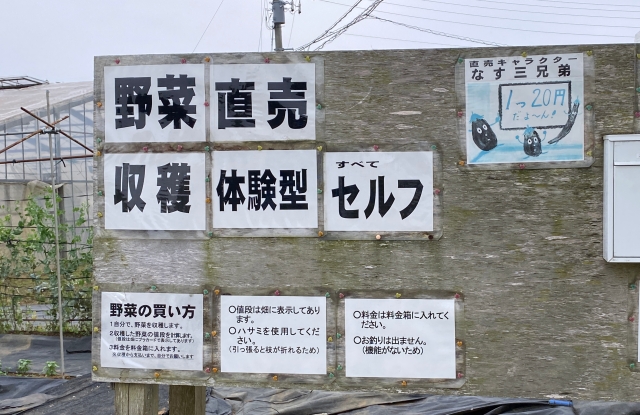
The way vegetables are sold at this “stand” is described on the board right beside the site (pictured above), which reads: “Vegetable Sales. Harvest Experience Style. All Self-Serve”.
As soon as our reporter Mr Sato heard about it, he knew this was something he had to experience for himself, so he hopped on a train at Tokyo Station, which took him to Sakura City in the neighbouring prefecture of Chiba, where the stand is located, in around 90 minutes.
▼ There’s no official address for the stand, so here’s the exact location on Google Maps.
▼ Ah, the serenity.

After enquiring with locals, Mr Sato found that the person who runs the stand actually has several vegetable plots with the same “pluck-it-yourself” sales system. The plots that Mr Sato first visited had sold out of vegetables, as the ground was completely bare, but he eventually got lucky with this one, which had a variety of goods still available.
▼ “How to Buy Vegetables”

According to the “how-to” sign, the first step to making a purchase here is to harvest the vegetables on your own. The next step is to tally up the cost of what you’ve harvested, using the prices on the placards at each garden bed, and then finally, you pop your money in the money box. The D.I.Y. system is reiterated in the very last sentence on the sign above, which reads “From harvest to payment, please do it yourself.”
▼ Salad Radishes – 10 for 100 yen
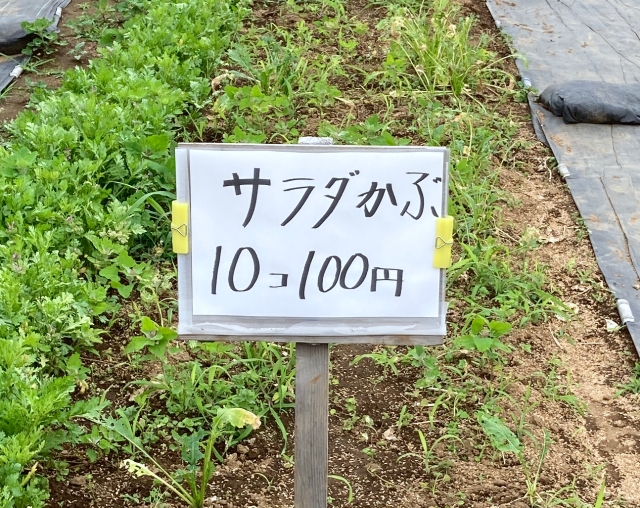
▼ Spring Onions – 30 yen each
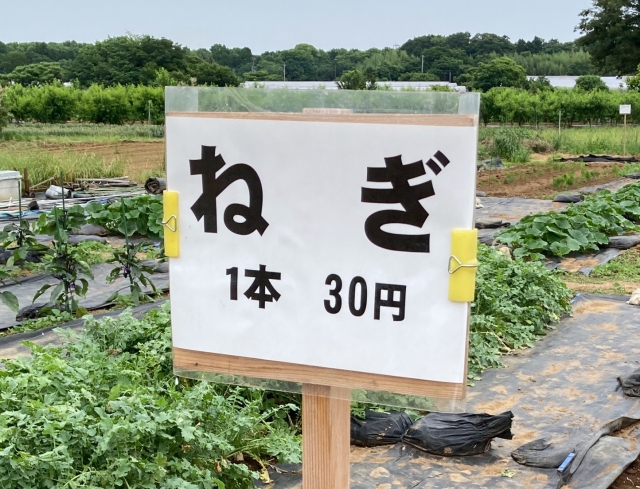
▼ Zucchini – 50 yen each
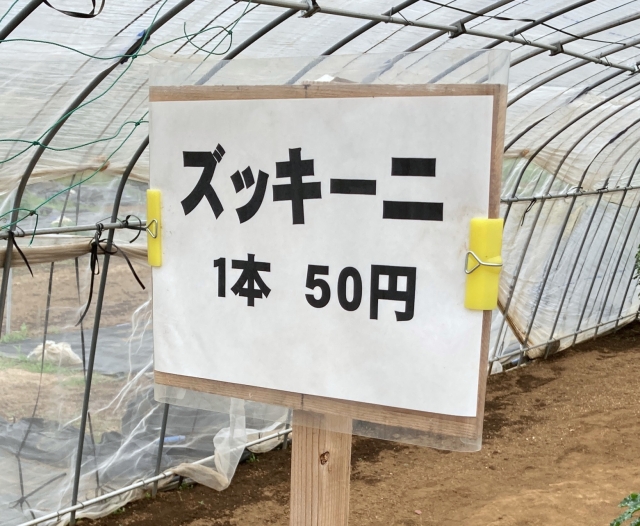
▼ Summer Daikon – 30 yen each

▼ Eggplants – 20 yen each
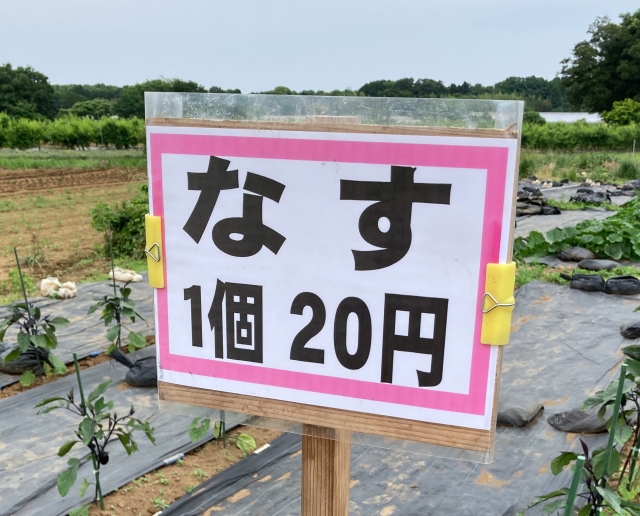
▼ Potatoes – priced by size, ranging from 20 yen for a small one through to 50 yen each for super big varieties.
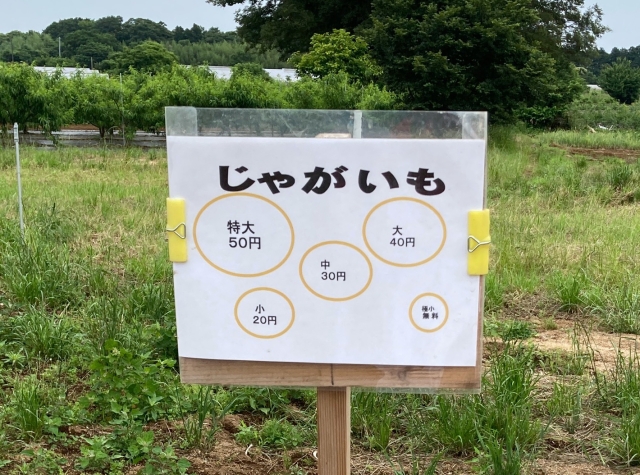
▼ Snap Peas – 5 yen each
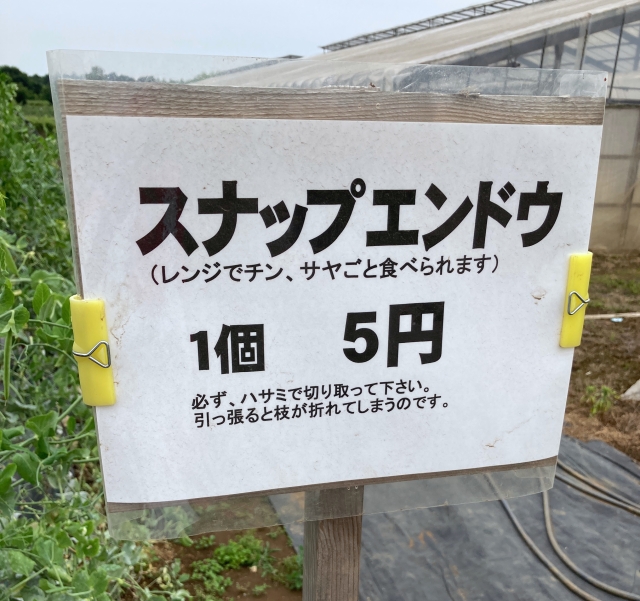
▼ Japanese bracken ferns – 5 yen each
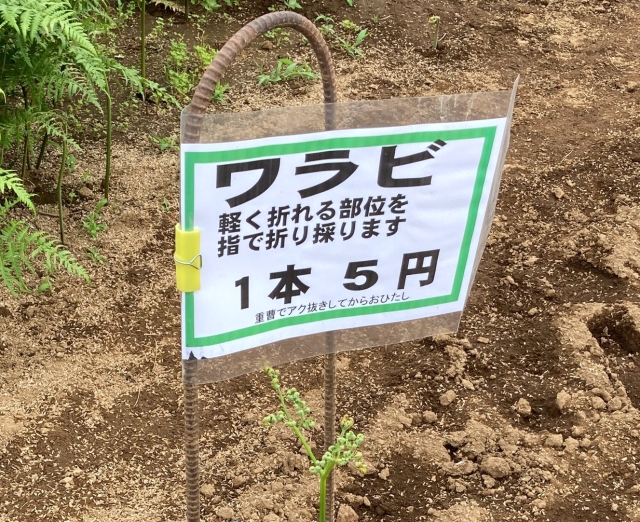
Mr Sato felt like a kid at a candy store — only this candy store was an open-air one filled with healthy vegetables. However, Mr Sato is a city slicker who can barely pluck a vegetable from a store shelf let alone one from the ground, so he looked around for help and a cheerful farmer made her way over to him.
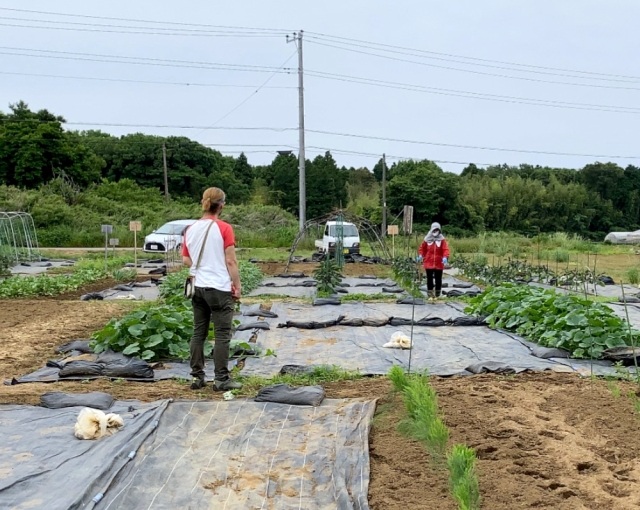
This farmer turned out to be Ms Kokubo, the caretaker of the field, and she was happy to give Mr Sato an education in the best way to pick vegetables. The first thing she did was answer Mr Sato’s question about why there was so much black cloth on the ground, and she told him it was used to suppress weeds, cutting their labour to a tenth of what it would otherwise be. When labour is reduced, prices are reduced, which is why they can sell their produce at dirt-cheap prices.
▼ Thank you, high-performance weed prevention sheet.
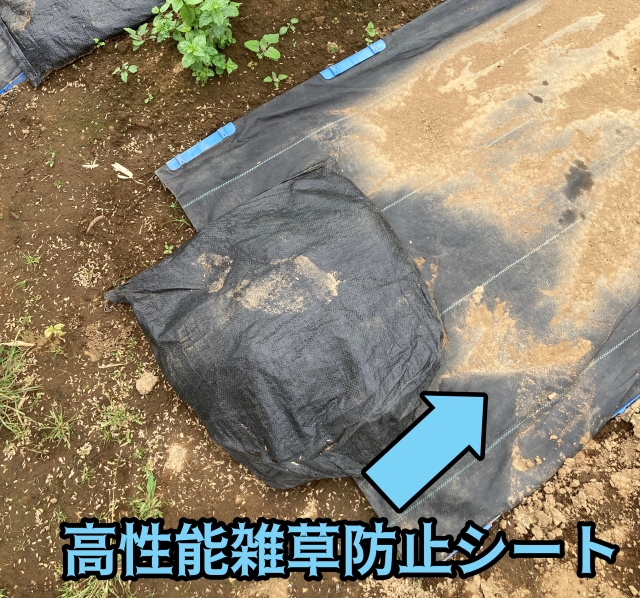
He also asked her why they started up this unusual method of selling vegetables, and she said they had initially planned to use the vegetable plots as a place to sell the weed prevention sheets, which Ms Kokubo has obtained a patent for, by showing them in use. However, a number of people ended up asking them if they could buy some vegetables, but seeing as it was impossible for a farmer to stay in the fields all day waiting for customers, they decided to let the customers help themselves.
▼ That’s not to say they won’t help visitors when they are at the site, just as Ms Kokubo did with Mr Sato as she proceeded to help him pick his first bag of potatoes.
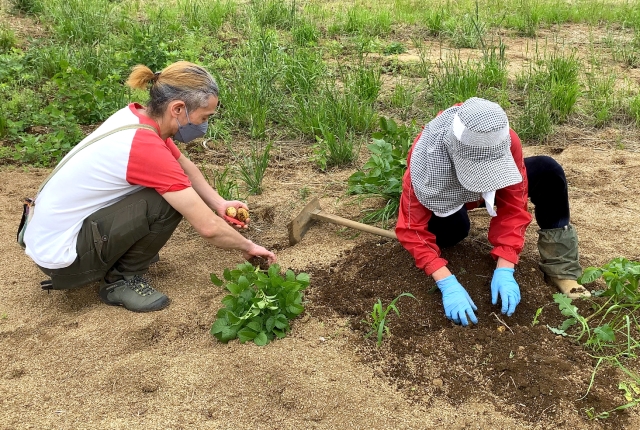
Pulling potatoes from the earth was a lot more exciting than buying them at the supermarket, and it didn’t take long before Mr Sato had harvested around 20 of them.

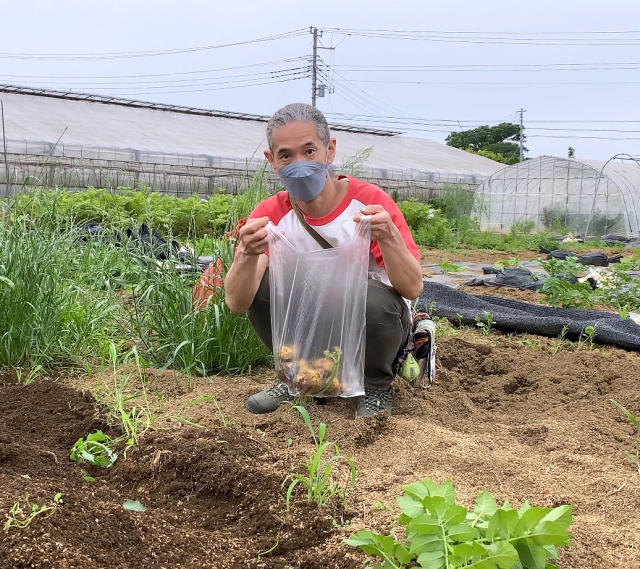
Then it was time to head over to the daikon section, where he was instructed to pull the vegetable from the root, rather than its bushy green leaves.
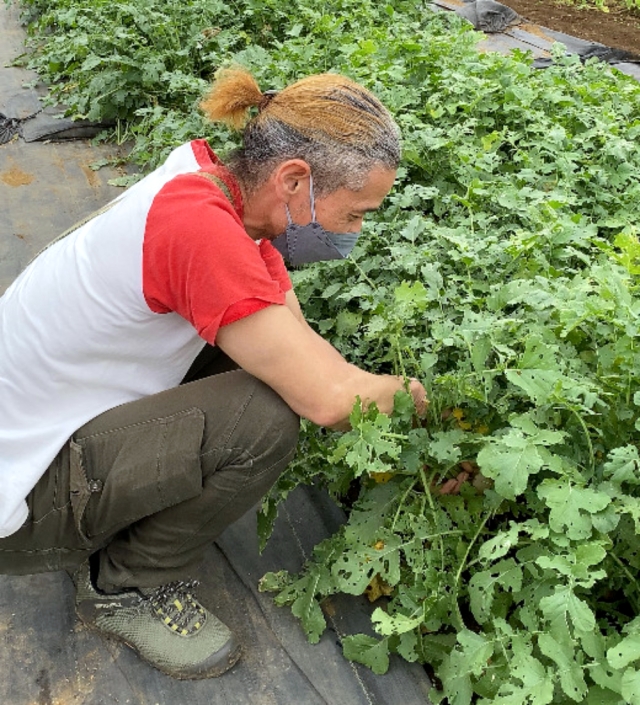
▼ Ta daaa! Turns out there’s a farmer inside our Mr Sato, after all.
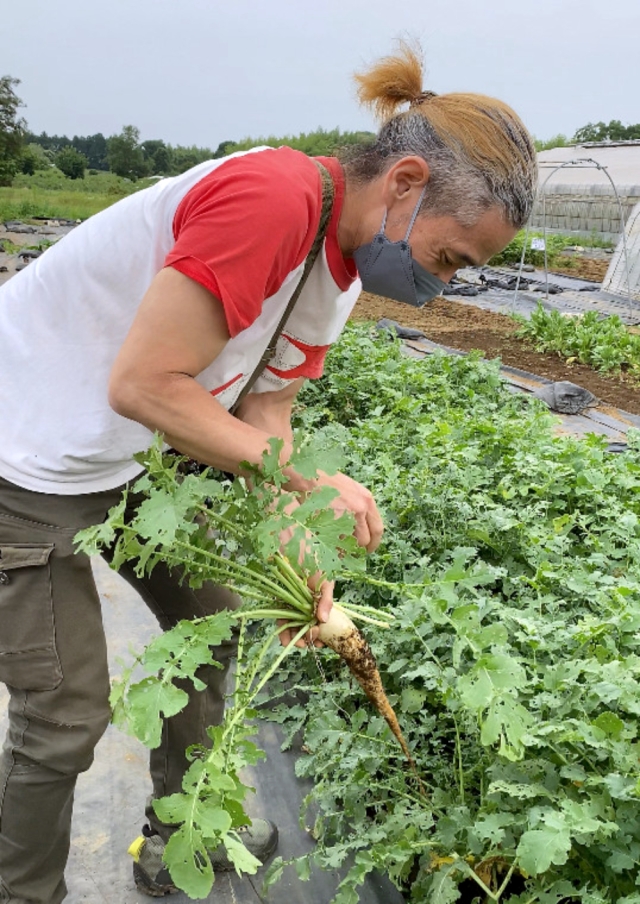
Mr Sato couldn’t hide his grin at the simple pleasure this harvest experience was bringing him. Sensing his joy, Ms Kokubo took him to another patch inside the greenhouse, where they found there were no zucchinis ready to harvest, but she pulled out a lettuce and handed it to him instead.
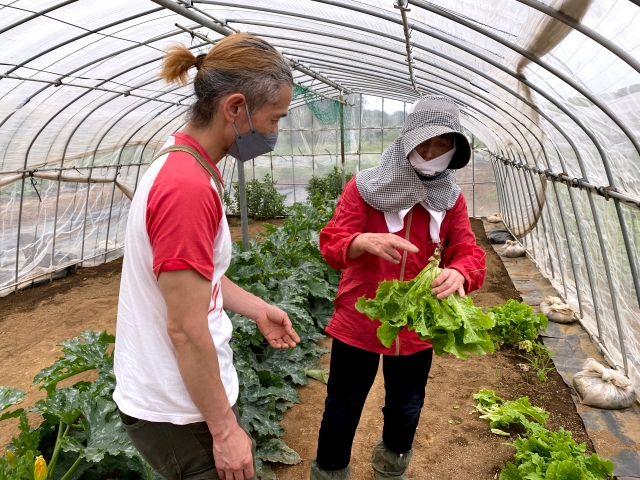
He was then guided to the snap peas, where he snipped off around 20 of them, which would cost him just 100 yen.
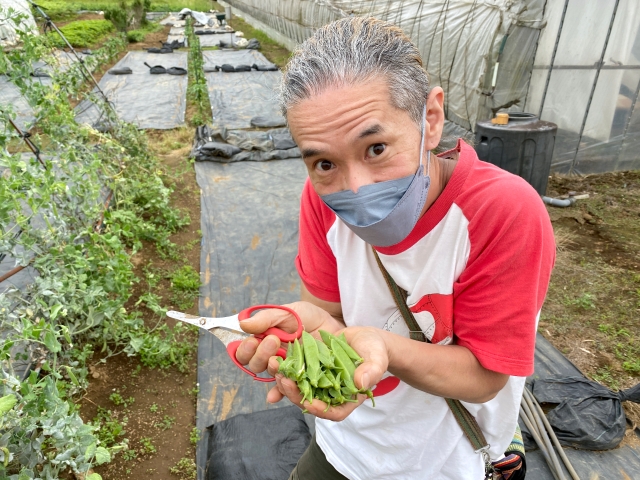
By the end of his visit, Mr Sato had a bounty of fresh veggies to take back home with him. He’d harvested 16 medium-sized potatoes (and six that were tiny), two radishes, and 20 snap peas. Plus, Ms Kokubo had given him a lettuce and some edible chrysanthemums for free, as they weren’t technically for sale.
▼ Aw, look how happy he is!
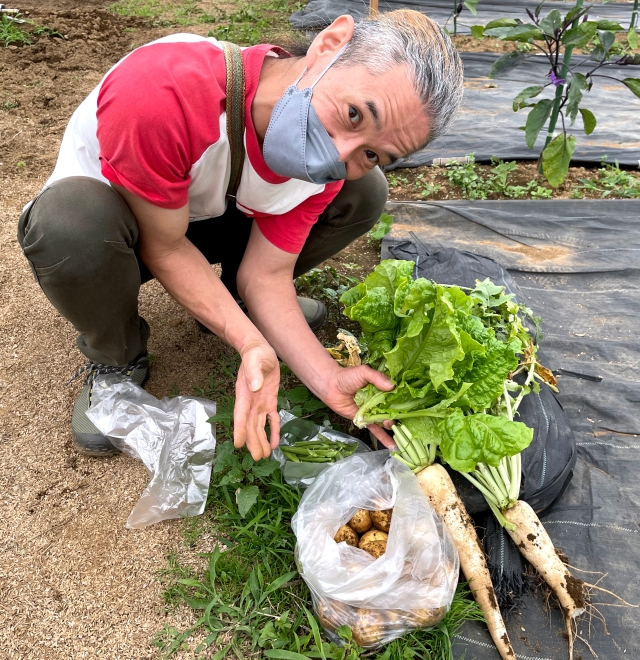
The total amount of Mr Sato’s vegetable haul came to 640 yen. Seeing as he didn’t have any small coins on him, he decided to pop 700 yen in the money box and let them keep the change.
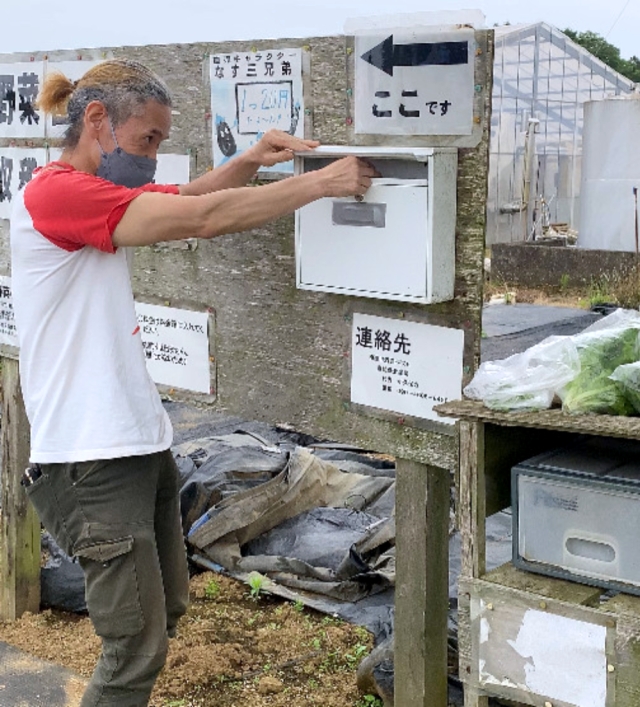
All the vegetables he went home with were much cheaper and fresher than anything he could ever hope to purchase in downtown Tokyo. And it wasn’t just the freshness and prices that made these great — it was the memories that came with them.

So when he pulled out those potatoes and brushed the dirt off them to make a stew in his kitchen, he was reminded of the soil from which they came, giving him an intimate connection to each one of them.
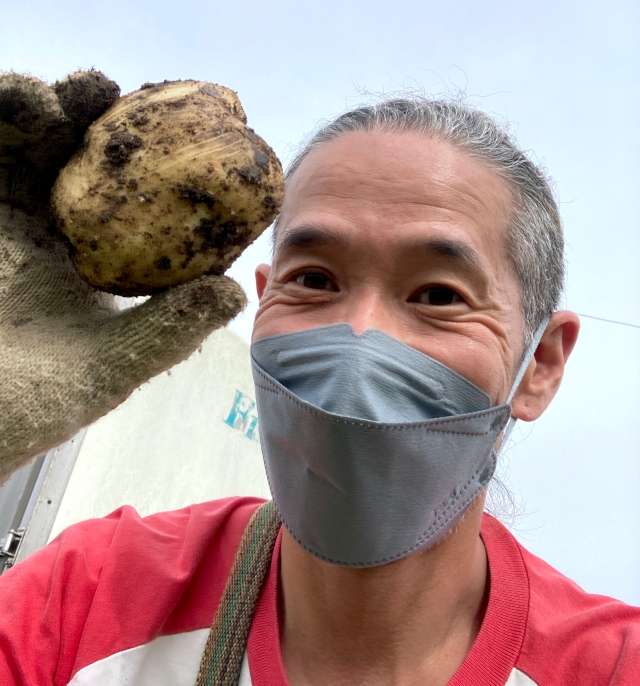
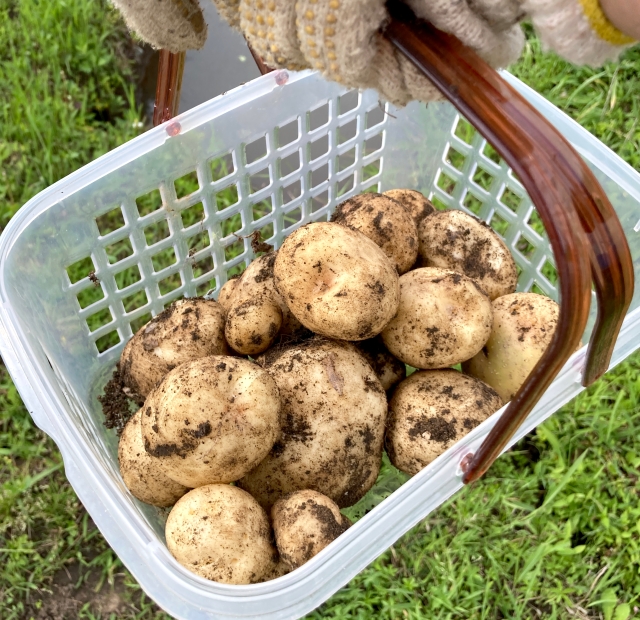
This connection to the raw ingredients made Mr Sato treat them with more care than shop-bought items, and when it came time for him to sit down and eat that stew, it was the best-tasting stew he’d ever eaten.
▼ Mr Sato’s day out at the veggie stand, condensed into 15 seconds.
The D.I.Y. veggie stand is a fantastic way to help people of all ages reconnect with their food and it’s also a great spot to escape for a day-trip out of Tokyo. Mr Sato is now hoping more of these stalls will pop at even more locations around the country, along with these D.I.Y. onsen stands, because that’s really the way to healthy living!
Images: SoraNews24
● Want to hear about SoraNews24’s latest articles as soon as they’re published? Follow us on Facebook and Twitter!
Credit:

0 comments: